DESIBUZZCanada
Events Listings
Dummy Post
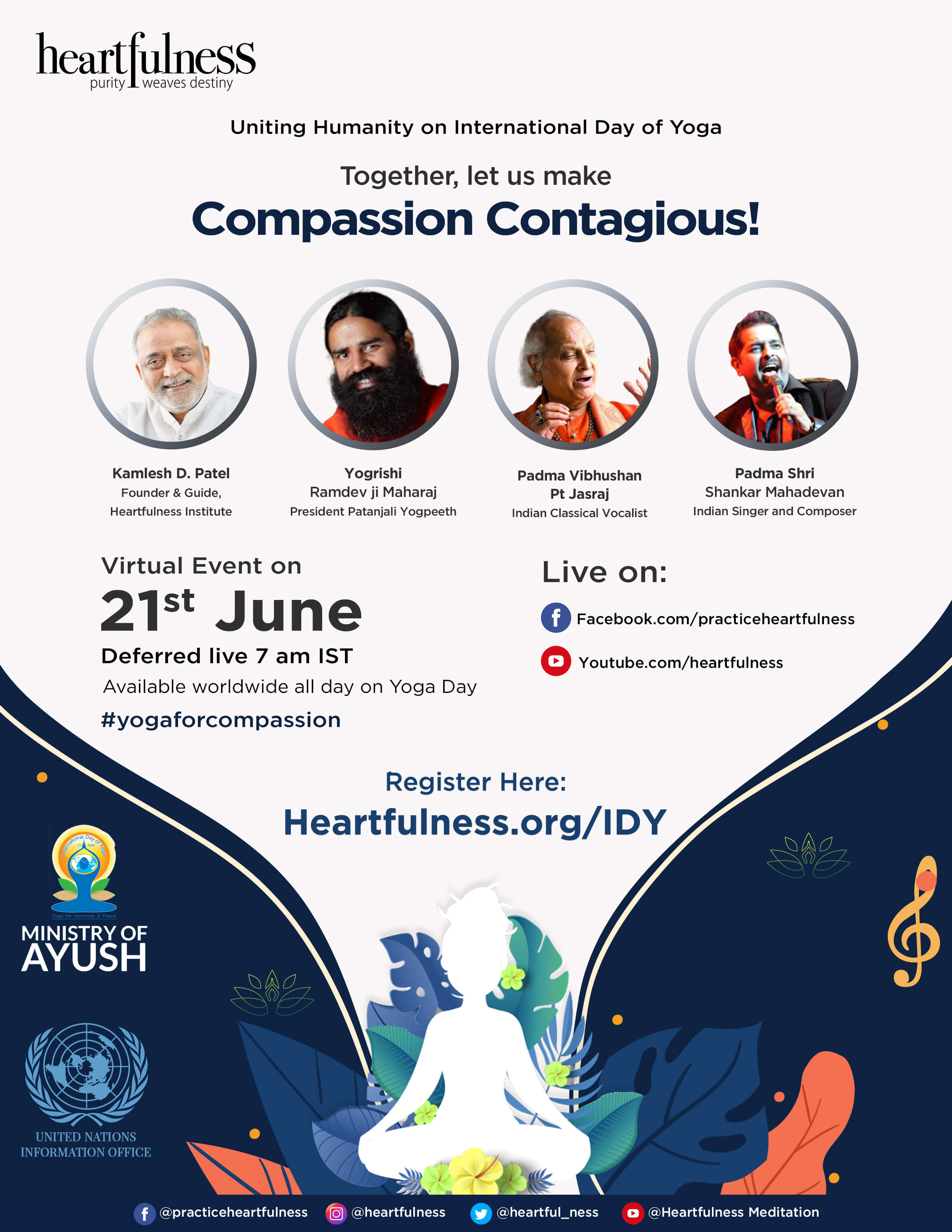
International Day Of Yoga To Be Virtually Celebrated Saturday At 4pm
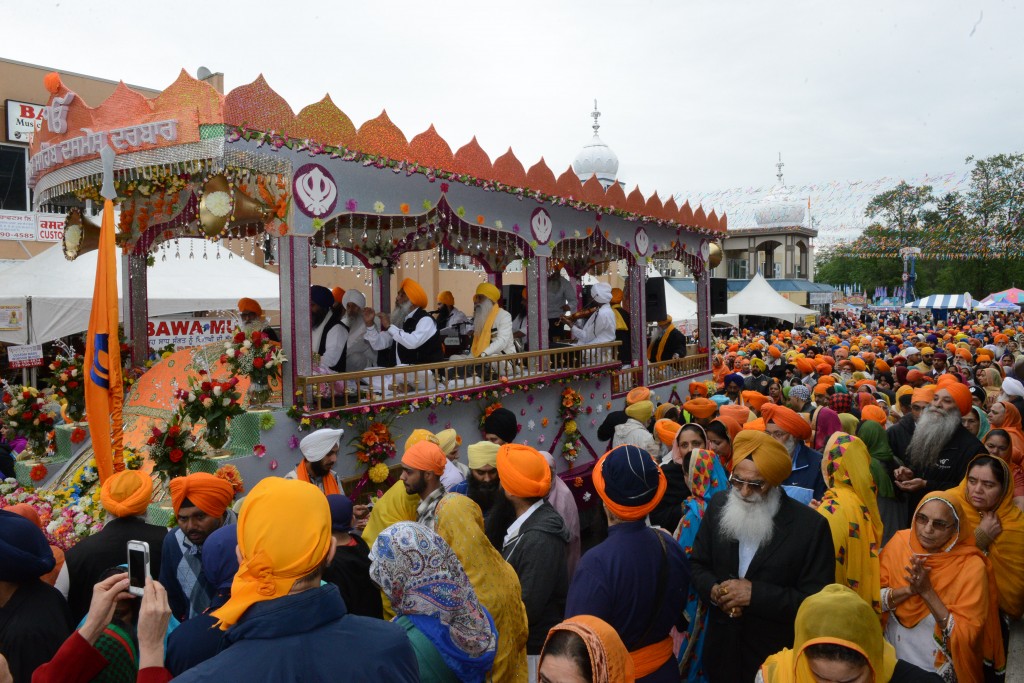
CANCELLED: Coronavirus Fears Kills Surrey’s Vaisakhi Day Parade

ADVERTISE WITH US: DESIBUZZCanada Is The Most Read South Asian Publication Online

SURREY LIBRARIES: Get Technology Help At Surrey Libraries
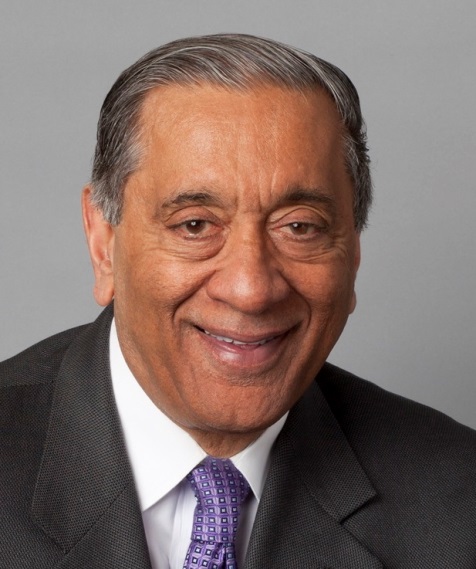
WALLY OPPAL: Surrey Police Transition Update On Feb. 26
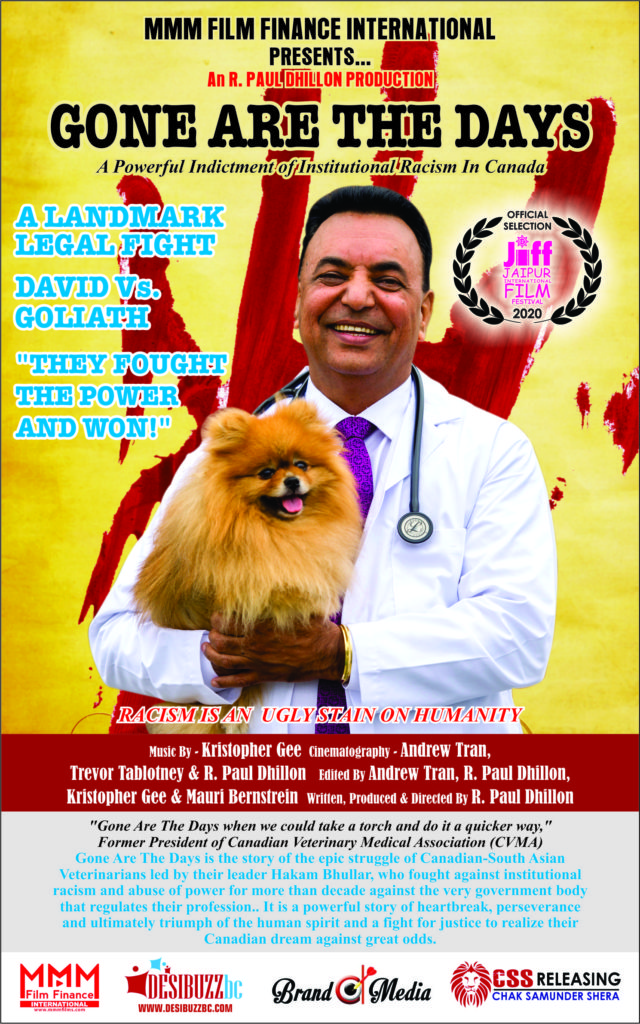
GONE ARE THE DAYS - Feature Documentary Trailer

Technology Help At Surrey Libraries
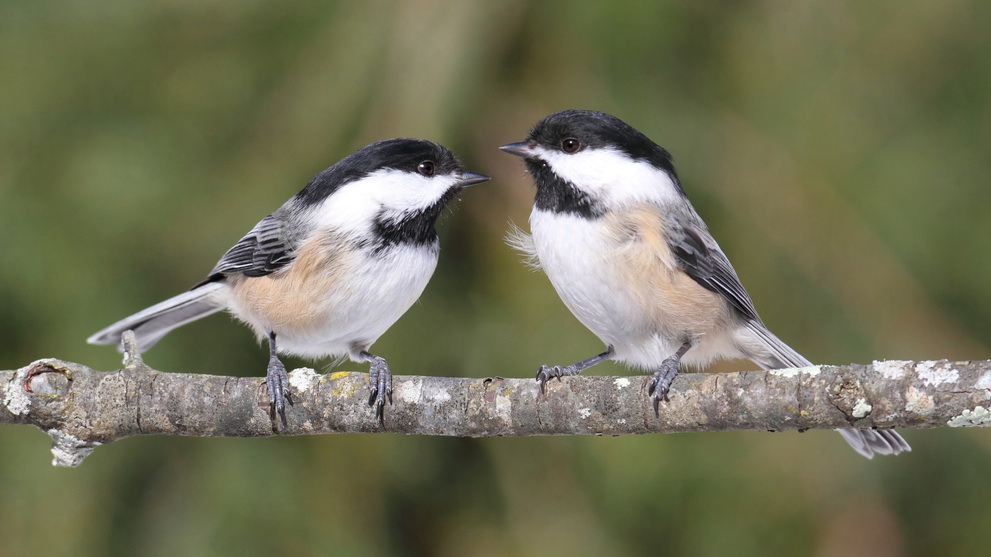
Birding Walks

Plea Poetry/short Story : Youth Contest
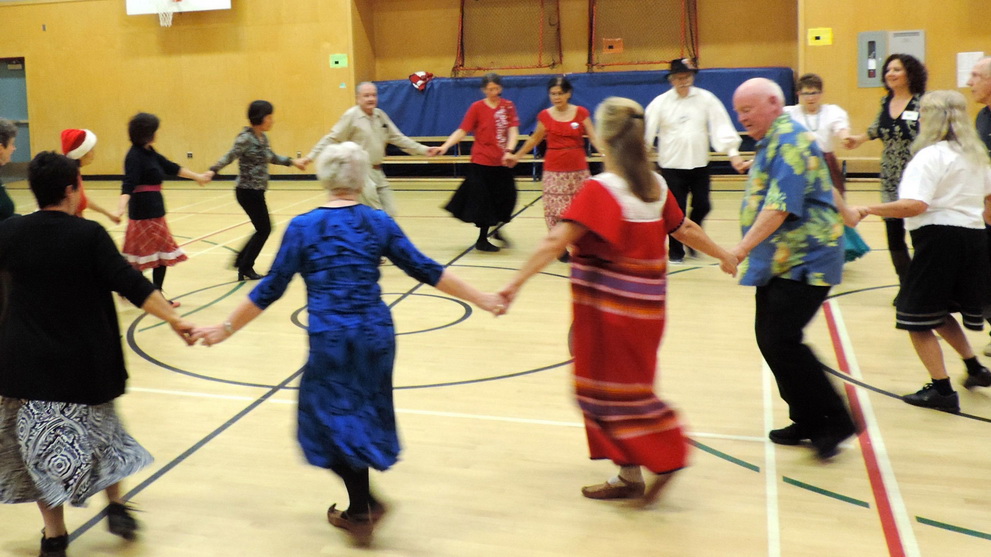
International Folk Dancing Drop-in Sessions
Veteran Diplomat Taranjit Sandhu Expected To Be Next Indian Ambassador To US
- January 14, 2020
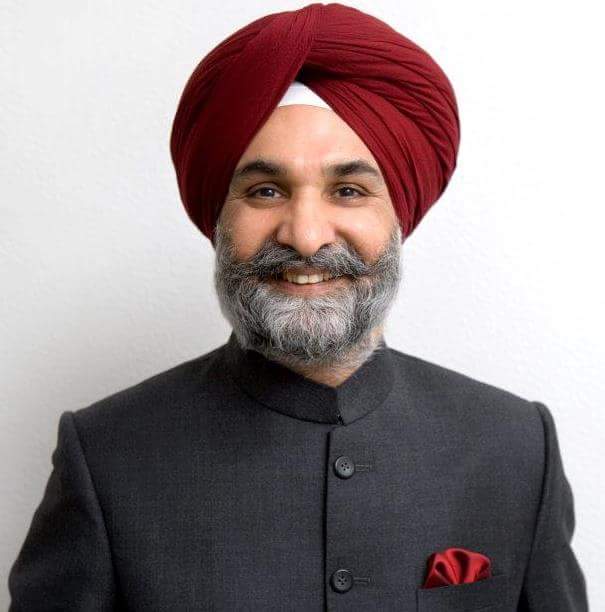
Veteran diplomat with years of experience in US-India ties, Taranjit Singh Sandhu, is expected to be named shortly as India’s ambassador to Washington DC, succeeding Harsh Vardhan Shringla, his batchmate and college hockey teammate from St Stephen’s College.
WASHINGTON - Veteran diplomat with years of experience in US-India ties, Taranjit Singh Sandhu, is expected to be named shortly as India’s ambassador to Washington DC, succeeding Harsh Vardhan Shringla, his batchmate and college hockey teammate from St Stephen’s College.
Shringla rotated out of Washington DC this week to start as the new foreign secretary in New Delhi and Sandhu will arrive here from Sri Lanka, where he, as ambassador, is credited with putting India back in the reckoning as the island nation’s most important partner, elbowing out the aggressive Chinese.
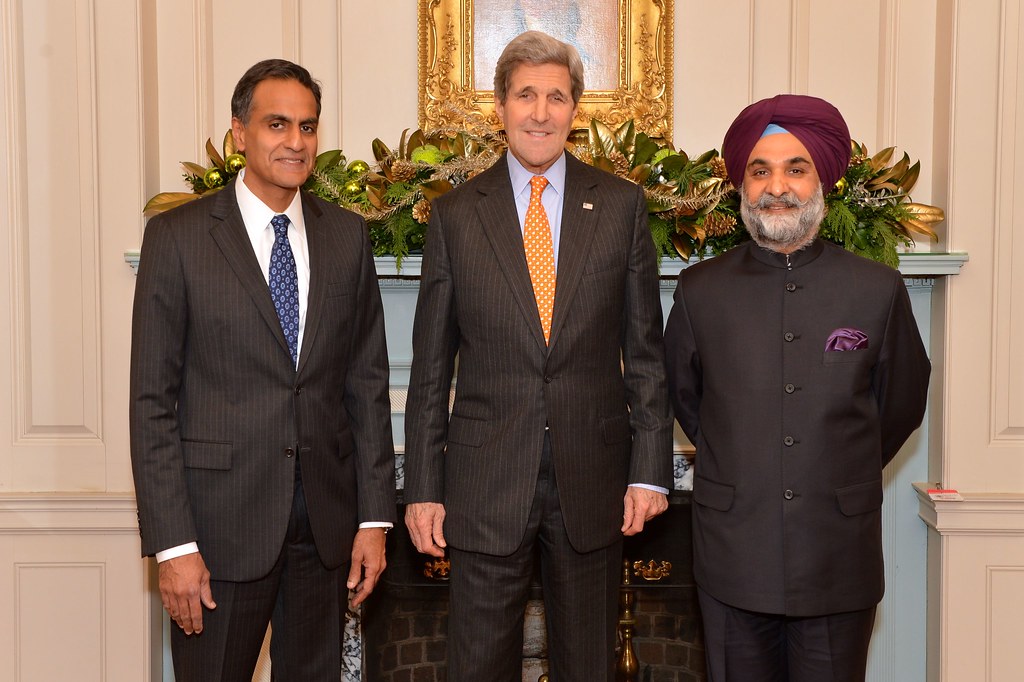
An announcement is expected as soon as the process is over for the appointment of diplomats, according to people familiar with the ongoing discussions about a bunch of upcoming ambassadorial postings in the pipeline, to Kathmandu and Paris, for instance, both of which are key capitals for India.
Washington DC has been abuzz with speculation about the next ambassador from the time Shringla was named the foreign secretary December end, after the conclusion of a highly successful second round of the 2+2 India-US ministerial dialogue, which was capped by a rare protocol-busting call-on meeting for Defense Minister Rajnath Singh and External Affairs Minister S Jaishankar with President Donald Trump at the White House. (Fun fact: Minister Jaishankar, Foreign Secretary Shringla and Ambassador Sandhu are all from St Stephen’s College in Delhi.)
Sandhu’s long and in-the-ring experience of dealing with the relationship spanning decades across two previous postings here had made him a popular choice for the person Washington DC most wanted to see and receive as the next ambassador, among think-tankers, past and present congressional aides of both Republican and Democratic lawmakers and officials, many of whom he had worked with and struck lasting relationships.
A former congressional aide who went on to hold senior administration position recalled working with Sandhu from his first stint in DC as a political officer at the Indian embassy in the late 1990s. “Among other things, Taranjit grew to understand the Hill the best, with his ability to work with both parties,” the person said, referring to Capitol Hill, home to US congress.

That has been probably the most turbulent period in the India-US relationship, rocked by the 1998 Pokhran-II nuclear tests conducted by the Vajpayee government and the resulting shock and outrage felt in several capitals around the world, and in DC. The United States had followed that up with severe sanctions, mandated by congress.
India had become a pariah country, according to people who served at the time; shunned and slammed by officials, lawmakers and congressional aides.
Led by then Indian ambassador, the very politically astute Naresh Chandra, a former cabinet secretary and the last Indian Administrative Service officer to head the Indian mission (all others have been diplomats from the Indian Foreign Service such as Jaishankar, Shringla and, soon to be, Sandhu), Sandhu was part of the team that dealt with the outrage and quietly worked to unravel the sanctions — he was handling the toughest elements among the Americans, the Hill, which had called for and slapped crippling sanctions that remained in force for years, with diminishing scope and coverage.
But the crisis was also an opportunity, founding as it did the current and on-going warming of ties marked by President Bill Clinton’s visit to India in 2000 and by Prime Minister Atal Behari Vajpayee to the US later in the year.
Dealing with the Hill also included the task of keeping at bay Dan Burton, a member of the House of Representatives who tried repeatedly to “punish” India for, what he considered were, unsatisfactory actions on human rights.
“Burton amendments”, as his legislative efforts came to be called, were stymied repeatedly, and he meekly withdrew his last attempt in 1999, rather than face a humiliating defeat in a floor vote. Indian lobbying efforts, using the India Caucus played a critical role.
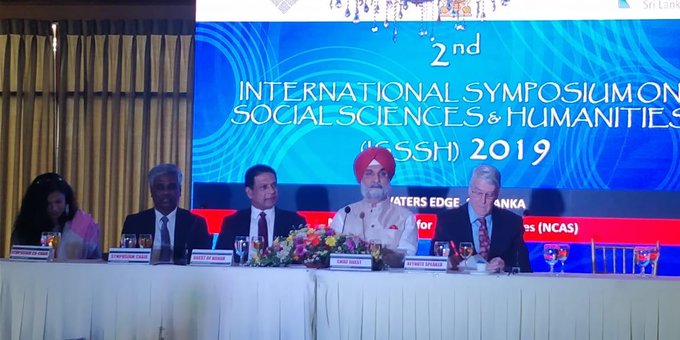
Sandhu returned to Washington DC in the early 2010s for his second stint, this time as the deputy chief of mission, as the number two official in the Indian embassy in the rank of a full-fledged ambassador.
The 2013 arrest of an Indian diplomat in New York over visa fraud was one of the most testing of the challenges posed to bilateral ties at the time. Jaishankar, the then Indian ambassador and now the external affairs minister, had led the Indian fire-fighting with Sandhu by his side.
The two of them then went to work on Prime Minister Narendra Modi’s first US visit in 2014, marked by the rockstar rally at New York’s iconic Madison Square Garden and his meeting with President Barack Obama — a key challenge for Indians then was how to convince the American leader and his officials that it was okay for them eat at the working lunch at the White House while Modi didn’t because he was fasting.
Sandhu worked on three more Modi visits, including the historic address to a joint meeting of US congress in 2016.
As ambassador to Sri Lanka, Sandhu hosted two prime ministerial visits as well, one of them in the immediate aftermath of the Easter Sunday bombings that had killed 259 people. These visits and other diplomatic exchanges and efforts are understood to have forged an Indian comeback in the country, rolling back the web of Chinese influence.
On the night of November 17, as results of the 2019 presidential elections came in, Sandhu was the first foreign diplomat to call on President-elect Gotabaya Rajapaksa, who made India his first foreign visit a fortnight later. New Delhi was also the first stop for the new foreign minister, Dinesh Gunawardena, in January. Prime Minister Mahinda Rajapaksa, the former president and the patriarch of the Rajapaksa family, is expected in India soon, as well.

















